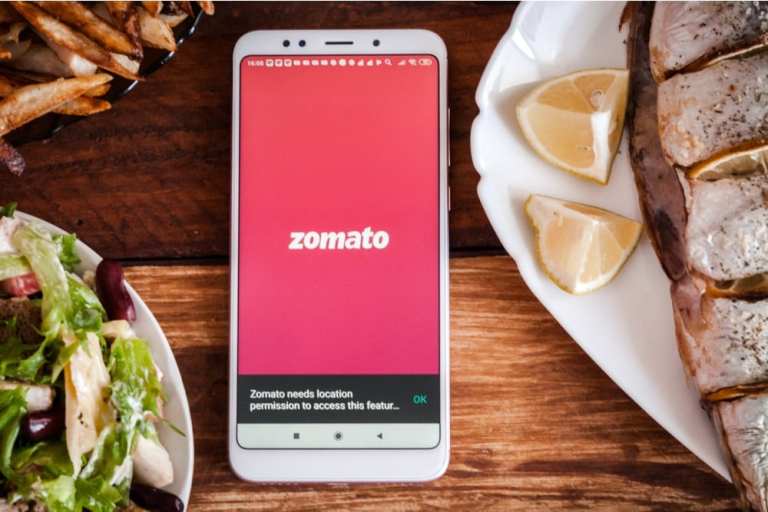
As many food delivery apps aim to leverage their position in consumers’ day-to-day routines to become super apps, offering services across multiple commerce categories, Zomato is keeping its focus on bringing food to consumers’ doors.
On a call with analysts Tuesday (May 24) discussing the India-based food delivery aggregator’s fourth quarter 2022 financial results, Deepinder Goyal, the company’s co-founder and CEO, expressed skepticism of the viability of the super app model in India.
“We haven’t seen the super app work in India so far,” he said in a to shareholders, “and I think the jury is still out on whether super apps … or super brands will work, so we are still figuring it out.”
When it comes to super apps, there are major variations across different markets. There have been some successful apps in the space in certain areas, including Rappi in Latin America and Grab in Southeast Asia, among others. However, in other markets, including the United States, even major players have struggled to gain that degree of centrality to consumers’ lives.
However, in the U.S., there is some demand for a super app, according to PYMNTS research from the December 2021 study “The Connected Consumer In The Digital Economy: How US Consumers Define the Super App,” which drew from a fall survey of a census-balanced panel of 3,166 U.S. consumers.
Get the study: The Connected Consumer In The Digital Economy
The study found that 67% of consumers in the U.S., or 173 million people, would be interested in integrating multiple areas of their digital lives into a single app, and 11% of all consumers, or 27 million adults, see value in having a single place where they can manage all parts of their digital lives.
Related news: Are You Among the 173M Americans Who Want a Super App?
Zomato, for its part, is one of the top food aggregators in the world. The most recent edition of PYMNTS’ Provider Ranking of Aggregators, which evaluates food delivery apps based on a proprietary combination of publicly available information plus app usage data to which PYMNTS has access, has Zomato tied for sixth place with Swiggy, ahead of Grubhub, Glovo, and other on-demand delivery providers around the world.
See also: This Month’s Provider Ranking of Aggregators Reveals Category Leaders Holding Strong
As the company keeps its focus on food delivery, Zomato is testing out ultrafast delivery to see if the model can work in the long-term, testing whether customers order more with ultrafast delivery than they do when purchasing from other on-demand channels and whether the economics of the model can work as well as (or better than) other kinds of on-demand delivery.
“It is currently a pilot to test 10-minute delivery of limited food SKUs,” Goyal said. “We do not have any answers here yet as the pilot has been live for a few days and only in one location.”
The previous quarter, as consumer mobility increased and diners returned to on-site dining, the company’s growth took a hit. Goyal stated that fourth quarter results show the company “back on track,” though there may be other bumps in the road going forward.
“We don’t foresee ‘post-COVID ramifications’ affecting our growth rate anymore,” he said. “Having said that, even before COVID, growth in our business has been lumpy (and not linear) — so it is essential to take a long term view of our business.”